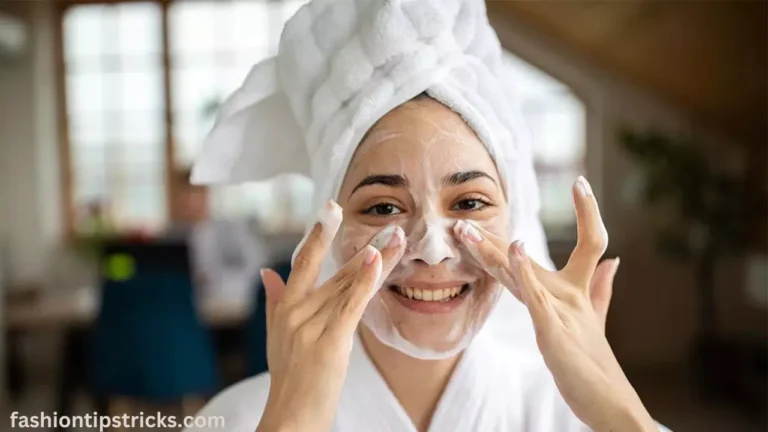In the same way, you change your clothing when you arrive home after a long day spent in the outside world, which is undoubtedly nasty, you should also give your skin a clean slate. Come in: There is a method of skincare known as the double cleanse, which includes using two distinct kinds of cleansers in order to effectively remove the dirt and debris that is trapped in your pores.
Even though the notion of double washing is not new the practice originated in Asia during the 14th century—it can be difficult to determine whether or not you are performing it correctly. This is especially true if you have skin that is prone to acne, wear makeup daily, or live in an area that is prone to pollution. We enlisted the help of skin experts to explain the cleansing process in a way that will allow you to showcase your most radiant skin.
Benefits of Double Cleansing
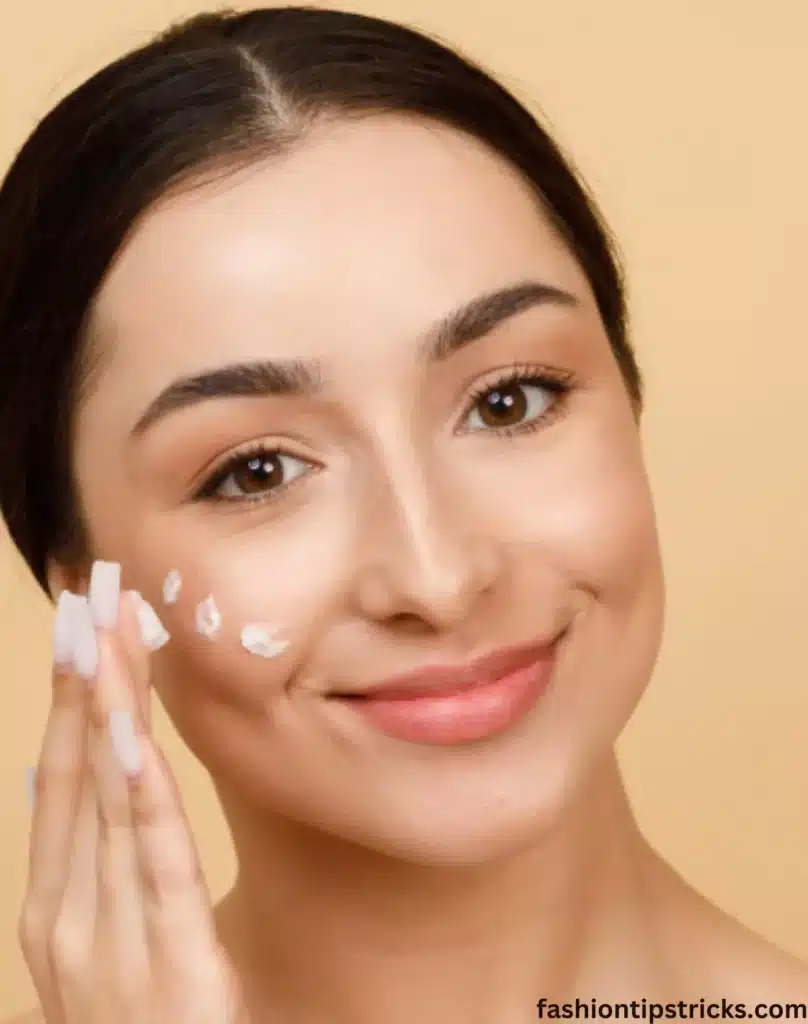
Even though washing your face before going to bed could be the last thing you want to do at times, cleansing your skin is essential for its health and well-being. “Cleaning is so important; I can’t emphasize enough,” says David Kim, MD, a board-certified dermatologist, in an interview with InStyle for the publication. This can cause your pores to become clogged, and your skin will become bumpy, uneven, and congested if you do not cleanse your skin thoroughly. One of the most effective ways to alleviate these common skin troubles is to perform a double cleanse, particularly at the end of the day.
This is according to Mamina Turegano, MD, FAAD, a triple board-certified dermatologist. “Double cleansing does a more thorough job of removing impurities such as excess sebum, makeup, sunscreen, dirt, and pollution than a single cleanse,” she adds. This thorough cleansing helps avoid pore blockage and breakouts, improves the skin’s ability to absorb skincare products, and contributes to preserving the skin’s health over the long run. Are you persuaded to give it a shot? A step-by-step guide is provided here.
How to Double Cleanse
1. Grab your oil-based cleanser or micellar water
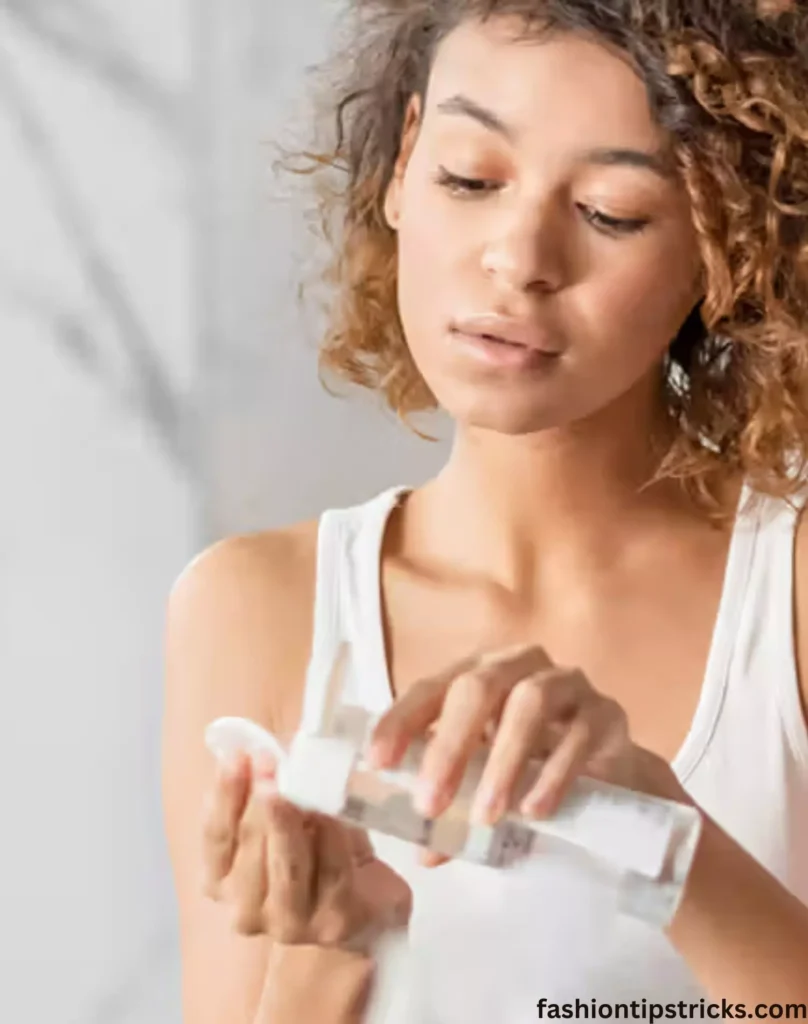
The initial oil-based cleanse is the first phase in the double cleansing process, as it has traditionally been done. According to Dr. Turegano, “Oil-based cleansers are effective at breaking down and removing makeup, sunscreen, and other oil-based impurities that can be difficult to remove with just water or regular cleansers.” Dr. Turegano claims that oil-based cleansers achieve this well. However, your initial cleansing routine does not necessarily have to consist of a straightforward oil, particularly if you are aware that your skin has a negative reaction to oils. According to Joanna Czech, a celebrity esthetician, “I like to incorporate a makeup removal step, which could utilize a balm, milk, oil, micellar water, or cleansing wipe, in order to break up oils in the skin.”
2. Massage and rinse

Now, give the cleanser a thorough massage for at least thirty seconds, working with your skin. Applying an oil cleanser on dry skin and massaging it in is recommended. As Dr. Turegano explains, “this not only ensures that makeup, sunscreen, and other impurities are removed completely, but it also provides the cleansers with sufficient time to work effectively.” She recommends giving additional attention to parts of the face that tend to build makeup, such as the hairline, the nose, and the area around the eyes. Afterward, before you perform your second wash, you should rinse your face with lukewarm water. This type of water can dissolve and eliminate pollutants without stripping your skin, unlike hot water. You may also use a gentle cloth to help remove oil residue from your skin, and in addition to that, you can get a little bit of physical exfoliation.
3. Second cleanse

Make sure to use a mild cleanser that is based on water for your second thorough cleansing. It’s likely that you already have a cleanser that you use regularly, whether it’s a gel, foam, or cream cleanser. It is recommended by Dr. Turegano that the cleanser be applied to moist skin and massaged in circular motions. Take this opportunity to indulge in some exquisite self-care! After that, use a clean, gentle cloth to pat your face dry in a gentle manner. “Refrain from rubbing your skin because it has the potential to irritate it,” she advises.
Double Cleansing for Different Skin Types
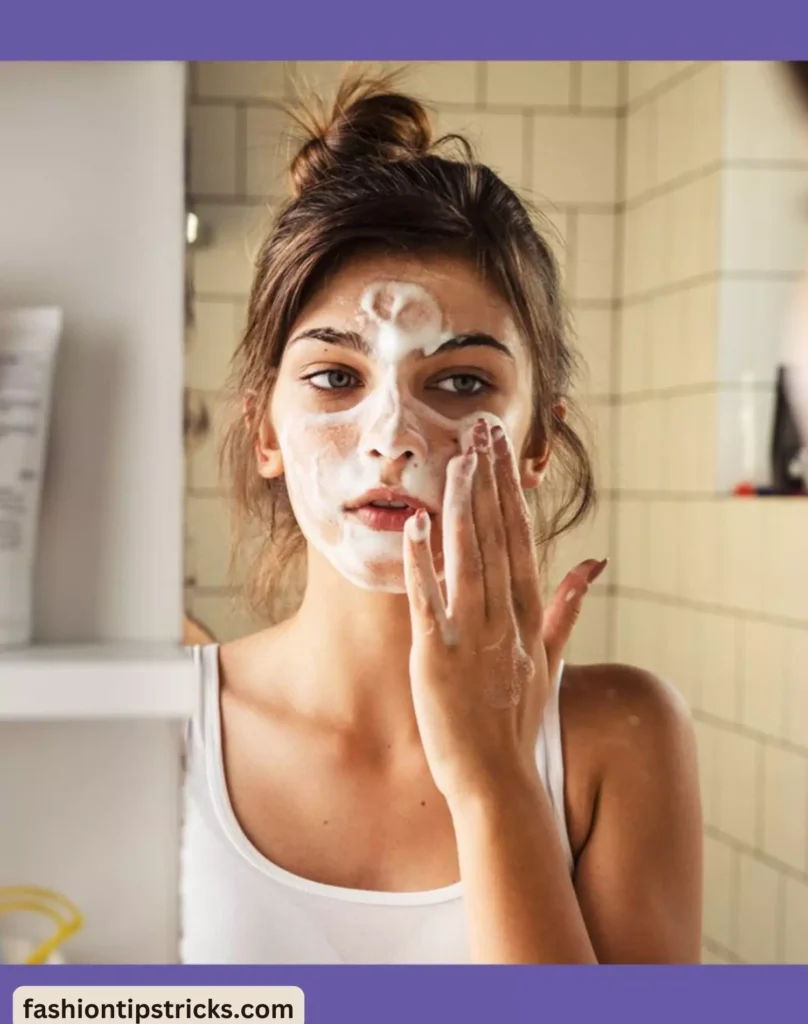
The results of double cleansing will vary depending on the climate, the type of skin you have, the texture of your skin, and the makeup routine you use. It is important to keep in mind that when you see producers on TikTok promoting the products that they use for their cleansing routine, you should keep in mind that they do not have the same skin as you personally. You should make it a habit to visit a dermatologist and/or an esthetician at least a few times per year. These professionals will be able to examine your skin and assist you in locating items that are appropriate for your needs.
Oily and acne-prone skin
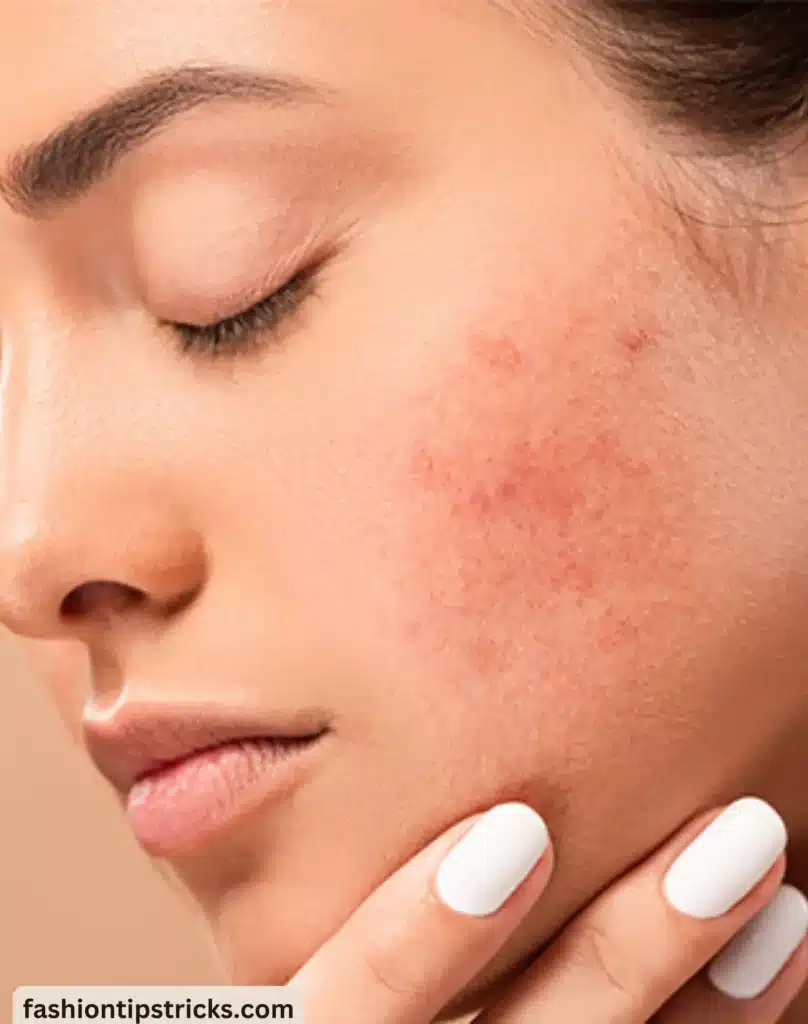
There is a lack of consensus among dermatologists about the use of oil cleansers for individuals with acne-prone or oily skin. An alternative that is not just lightweight but also contains purifying components such as tea tree oil or salicylic acid is recommended by Dr. Turegano. On the other hand, you could want to completely avoid using the oil cleanser. When it comes to acne-prone skin, oil cleansers are not something that Dr. Kim recommends using. The number of persons who have experienced breakouts and flare-ups is too high. Depending on the type of skin you have, many oil cleansers, but not all of them, have the potential to clog pores. Micellar water is an excellent initial cleanser, according to him, especially if you wear makeup. Immediately following the initial cleansing, use a mild cleanser, such as a gel or foam cleanser. Finding a product that contains salicylic acid, benzoyl peroxide, or glycolic acid is something that both dermatologists advocate seeking out in order to help deep clean pores and decrease acne.
Dry, mature, and sensitive skin

If you have dry, sensitive, or mature skin, removing your makeup at the beginning of your routine with a thick cleansing balm or liquid oil cleanser will prevent your skin from being stripped of its natural oils. In the ingredients list, you should look for things like vitamin E, squalane, and oils like avocado and jojoba. Your best bet for your second cleanse is a cleanser that is either a cream or a milk cleanser. However, your skin should not feel tight or squeaky clean after you wash it, so search for components that are lightweight and moisturizing, such as hyaluronic acid, ceramides, and niacinamide. A second cleaning that is enriched with chemicals that smooth fine lines, such as glycolic acid and peptides, may be beneficial for mature skin.
Normal and combination skin

If you have typical skin, you should look for a cleanser or balm that involves oil and contains components that are moisturizing and nourishing. It is recommended by Dr. Turegano that you use a gentle gel, cream, or cream-to-foam cleanser for your second cleaning. This cleanser should be able to maintain the skin’s natural pH balance. Ingredients that are hydrating and calming are most important in this case, even if you have combination skin. (Hydration is crucial for oily skin as well!)
Tips and Considerations

The practice of double cleansing, as recommended by Dr. Turegano, should be reserved for your nightly routine in order to prevent excessive cleansing. In addition, although it is an excellent and efficient method for a great number of individuals, Dr. Turegano recommends that individuals with eczema or extremely dry skin should consider using a single, gentle cleanser. This is because double cleansing may be too drying for their skin. It is recommended that you avoid double cleansing because it has the potential to irritate your skin, especially if you have sensitive skin, do not wear makeup, or do not spend a lot of time outside, as Czech explains further. Furthermore, it is possible that you do not need to perform a double cleanse daily, particularly if you work from home, do not interact with the outside world, or do not wear makeup. According to Dr. Turegano, “the requirements of your skin can change.” “Always be adaptable and make necessary adjustments to your cleansing routine.

